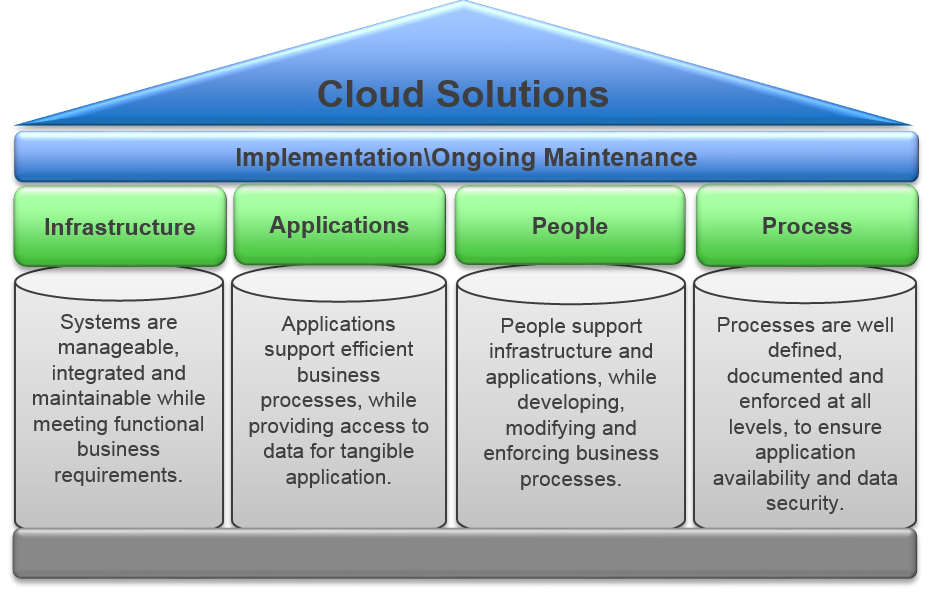Over the last 18 months, the biggest agnostic buzz word in Technology has been CLOUD. Chances are Public, Private and Hybrid cloud articles have made their way into your daily reading material while weekly discussions about how and why to implement a cloud solution (not to mention costs) became the norm.
Many of our clients have ventured into The Cloud with one application (email, CRM, time & expense, etc…) to test out the waters and get a better understanding of what is involved before committing significant time, dollars andor resources to such a strategic shift in how data is processed. More importantly, finding out the unknowns about the implementationmigration processongoing maintenance have been highly educational and informative. Below are a few real world examples of key discoveries made by taking a small first step into The Cloud:
- Application administration does not go away just because it sits in The Cloud.
- Business processes change to accommodate new requirements in accessing the application.
- Integration of On Premises and Cloud applications may require additional third party utilities (i.e. Middleware) and monitoring.
Having learned from their initial foray, client’s subsequent application moves to The Cloud have presented some additional set of challenges:
- Single Sign On (SSO) may not be supported in The Cloud.
- Application account maintenance (AddRemove users, unlock accounts, reset passwords) creates issues with ownership, responsibility and timing.
- IT views their overall importance, responsibilities and head count, shrinking within the organization.
Not all implementationsmigrations to The Cloud will experience these specific issues.
Clients are discovering that, while these Cloud applications are technically working, when analyzed from a high level, they are not producing the synergy, ROI andor efficiencies between departments. In addition, other applications slated to be moved to The Cloud over the next 12 to 18 months, could increase the number of issues exponentially.
Cloud solutions require four solid pillars in their implementation and ongoing maintenance: Infrastructure, Applications, People and Processes.

Enter an external Cloud Advisor who uses these four pillars to evaluate your existing Cloud implementation(s), along with the company’s Cloud roadmap to provide an unbiased assessment. Recommendations using industry standards, vendor relationships and their experience in The Cloud should be part of the final deliverable.
Over the next few months, in future blog posts, I will be expanding on each of these pillars outlining some individual components and what to look for within your own organization.
If you are interested in learning more about RSM’s Cloud Computing Rapid Assessment, check out this link.
For more information on RSM’s offerings please check out our website. You can also contact RSM’s technology consulting professionals at 800.274.3978 or email us.

 RSMUS.com
RSMUS.com